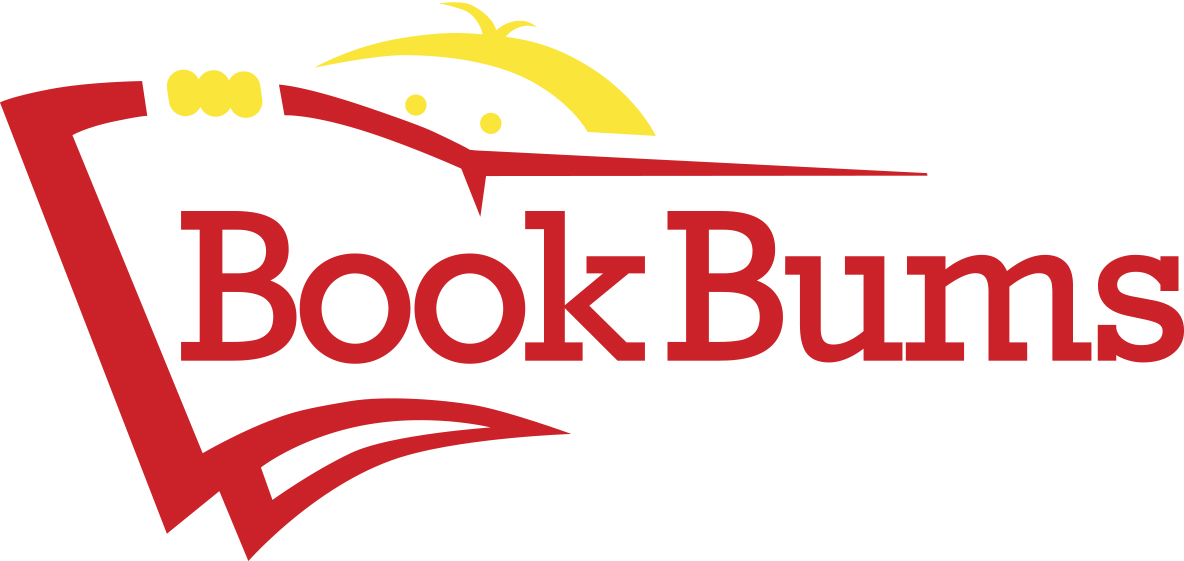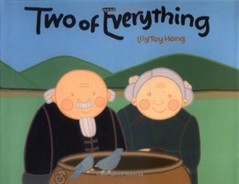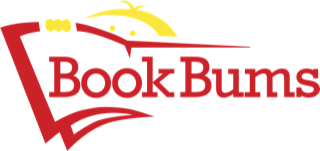
Hello Book Bums families!
We believe inspiration can come from anywhere, even the calendar. Today we're getting inspired by dates and the number two. We have games, books, videos, and lots of ideas for engaging your young learner. Enjoy!
Bookbums.com is an Amazon Associate; We earn from qualifying purchases. This means that if you click on a link to Amazon.com and make a purchase, We may earn a small commission at no extra cost to you. We do recommend the products. Feel free to find them by other means.
Word of the Week
inspire (in-spye-ur) verb/action word - fill with strong emotion and move to action
The author was inspired to write by her favorite novel.
Tips for Families
Tips for Families
Because Tuesday, February 22, 2022 is chock-full of twos, we thought we’d give you some ideas to make your TWOsday a bit more fun. Consider trying at least a few of these!
• Enjoying some Double Bubble or Double Mint Gum.
• Snacking on some pears (Get it? /Pairs/)
• Noticing that when we see double consonants, we only make the sound one time. (kiss, buzz, puff, bubble, add, giggle, pill, humming, dinner, slippers, hottest)
• Enjoying some “Twenty-two years from now . . .” table talk at dinnertime. Share hopes and dreams for the future and discuss how you can help one another achieve your goals.
• Brainstorming twenty-two things that come in pairs. (eyes, socks . . .)
• Having a dance party to Taylor Swift’s song, 22. (You can wear tutus or tube socks!)
• Playing a Double Dice game. Roll a die and determine the double of the number rolled. Counting up the dots is okay! With enough counting, pretty soon kids begin to remember. Play until your kids can recall each number’s double. Try the Doubles Aren’t Trouble game pictured here. You can download and print your own. You’ll need 24 markers to cover the board. You could use pennies, cereal pieces, M&Ms, or you can simply color in the boxes. (See? Multiplication is fun!)
From our Bookshelves

Two of Everything, by Lily Toy Hong, is a Chinese folktale. This book is about a magical pot that duplicates whatever Mr. and Mrs. Haktak drop inside it. However, their good fortune takes an unexpected turn when they both manage to fall into the pot, and a clone of each of them appears. “Now even our troubles are beginning to double,” the farmer observes wryly. How they make peace with their new lives will have youngsters, if not doubled up with laughter, at least genuinely amused, and wanting to reread this yarn--at least twice. Click here to enjoy a video version: https://www.yout-ube.com/watch?v=JML_7tsqlmU
Wordology Workshop
• The English prefix bi-, derived from Latin, and its Greek variant di- both mean two.
• The Latin prefix is far more prevalent in common words, such as bilingual, biceps, and biped.
• The more technical Greek di- appears in such words as digraph and dilemma.
Tips for Readers and Writers
1. Read a wide variety of books.
I never recommend adults reading a whole series to kids. My policy is to read the first one, and then, when the kids are equipped to do so, they read the remaining books in the series on their own. The job of adults is to expose kids to as many of books as possible. That may mean that you are stretched beyond what you like, but it may mean, too, that your kids find books they like. Kids who don’t like to read simply haven’t found the right books. Our job is to expose them to a great variety of books. (historical fiction, science fiction, fantasy, biography, poetry, mystery, legends, fairy tales, informational, realistic fiction, etc.)
2. Read books that are well beyond your child’s grade level.
We want to continually grow our kids’ language comprehension. When kids are able to decode the words, they must also be able to understand the ideas conveyed with those words. That’s comprehension. You can promote the acquisition of comprehension skills even before kids are equipped to navigate more sophisticated texts. When reading stories with big ideas with your kids, you’ll need to do a lot of talking.
• Take time to talk about less-familiar words, providing examples that connect with your kids’ lives. Admit when you don’t know words. It’s freeing for kids to realize that adults have to look words up, too. (Tip: When you use Google to look up definitions, you can easily look at your history to review words together as well.)
• Talk about situations that occur within the books you read. Think of this as a conversation you’d enjoy with a book club, and please refrain from quizzing.
• Talk about ways authors pull you into their stories. What craft moves are they making that make you feel a particular way? “Did you notice . . .”
• Talk about interesting characters, even when you’re doing other things. “Whoa. You are reminding me of Little Willy right now. You are so determined.” And, compare characters from one book to another. “I bet Ramona Quimby and Clementine would be such good friends!”
• When you see something in a book, try to find ways to shine a light on it in daily life. Did the book mention eating Chinese food? Put that on the menu next week. Learning about Sharks? Plan a trip to the aquarium.
Note: Reading aloud to kids absolutely promotes a love for books, but it doesn’t make kids good readers.
If your kids are not equipped to read books by themselves (with accuracy and comprehension), we can help with that at Book Bums. Simply email Dr. Christy at [email protected]. We teach kids to read and spell well, and we even make it FUN! We can even help families who live beyond the greater Cincinnati area.
Practical Grammar
The words two, to, and too are homophones (homo=same, phon=sound)
They sound the same, but they have different spellings and different meanings.
The word two is a number word. (two = 2)
The number two, (Hold two hands up showing the number two with your fingers.)
Has a w, (Bring those twos together, wrists inward, to make a w with your two peace signs.)
In the middle. (Shake your head yes.)
Don’t let that w make you crazy. Words with t-w having something to do with two occur often.
Think: twenty, twice, twins, twelve, between
The word to has to do with moving or reaching in a direction.
Invite your kids to write the word to, and when they cross the t, make that horizontal, crossing line into an arrow.
The word too can have two meanings. It can mean:
1. more than enough, above what is expected
2. also; as well; in addition
Too has two o’s and it has two meanings!
If you know someone who would benefit from our newsletter or tutoring at Book Bums, please share this email with them! Thank you.
Copyright © 2024 Book Bums, All rights reserved
Our mailing address is:
7967 Cincinnati-Dayton Road Suite L
West Chester, OH 45069

